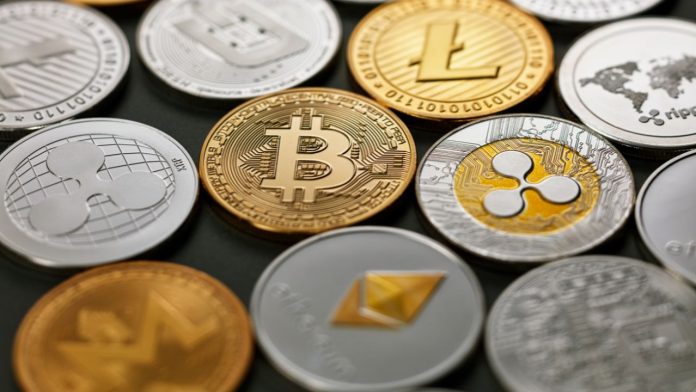The XRP coin, as the native cryptocurrency of the XRP Ledger, functions under a specific model of supply that makes it different from a range of other coins. Unlike Bitcoin, XRP has all of the potential tokens pre-mined at the launch and a cap limit of 100 billion tokens. The conditions of the liberation of these tokens into circulation contribute greatly to the formation of the market sentiment, impacting market liquidity and eventually governing the xrp price usd. Learning the mechanics of the supply and distribution of XRP is important when traders and investors want to make a decision regarding their investments.
The Escrow in the Supply of XRP
One of the main factors of the mechanism of supply of XRP is the application of the escrow mechanism, which imposes stability and predictability to the market, which Ripple incorporated. In late 2017, Ripple set 55 billion XRP in a range of escrow wallets with one billion tokens unlocked monthly. Tokens that are not sold in these releases are added back to escrow, which pushes a release further into the future. Such a mechanism is meant to guard against abrupt massive supply shocks that can destabilize the market, whereas liquidity should still be provided to sustain the business activities or the partnership run by Ripple.
Effect of Token Release on Market Liquidity
The regular functioning of the XRP escrow releases that are offered every month directly contributes to market liquidity. When the supply increases in the circulation, it may cause price deflation if the demand is not provided with the additional supply. It is common that the traders will follow up on such scheduled releases in order to speculate on the strategic price actions in the short run. Nevertheless, the impact is not always instant since the role of strategic selling and distribution patterns that Ripple pursues may reduce the impact. The gradual release is allowed to prevent wild oscillations, but the mood in the market can wildly swing when there is a mass movement of Ripple to exchanges or to institutional partners.
Sales, Institutional and Distribution Patterns
The other aspect that affects the price of the XRP is the distribution strategy by Ripple. The tokens that have been released out of escrow do not flow directly into the open market, but in most cases are sold in pre-sale to institutional investors, payment providers, and over-the-counter (OTC) sellers. The selective issuance is expected to create long-term sustainability of the Ripple cross-border payment system through XRP adoption as a bridge currency with the least market response. However, occasional news flashes showing large amounts of XRP being moved out of the wallets of Ripple to exchanges have been known to cause immediate price drops as traders then see it as a possible selling action.
Supply and Demand Balance
The price of XRP, just like in any other market, is eventually focused on the interplay of supply and demand. Although the escrow system provides a predictable structure for the growth of supply, demand is influenced by aspects like technological adoption, changes in regulations, and other trends in the cryptocurrency market. To give an example, when Ripple announces grandiose partnerships with payment service providers or bank institutions, XRP may gain more demand, and this could mitigate the price influence of excess supply. On the other hand, when the market sentiment is weak or tragic news has enveloped the markets, the extra supply may boost down-trends.
Terminal Price Effects of Limited Supply
In the long run, it can be argued that the method of controlled release of Ripple tokens could help the price stability of XRP in comparison with projects that release their tokens without control measures or perform early significant dumps. The long release schedule renders transparency to the market; the traders and investors can consider supply expectations in their dossiers. Should the use of XRP within the world payment system expand as expected, demand might exceed the foreseeable increments in supply, leading to a high price force. This would, however, greatly depend on the extent to which Ripple will be able to scale in terms of real-world application and how it should address the legal and regulatory issues it is facing.
Conclusion
The way of supply and distribution of XRP is one of the central characteristics of the tokenomics, and it affects all characteristics of the short-term trading and long-term investment perspectives. The combination of the escrow system and the addition of tokens monthly interacts with the investor perception and the market liquidity due to the strategy of distribution patterns. Although the controlled release schedule is transparent and stable, a high level of adoption and growth of demand are the determinants of the price effect. To the traders, it is vital to keep track of supply flows and the indicators of market demand as a proxy measure to predict prices of XRP in the dynamic cryptocurrency environment.







